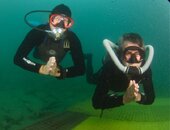When the G250 first came out the marketing approach was that the plastic case could be made to optimize air flow, and it did allow for the comparatively cheap incorporation of things like an adjustable flow vane. In that regard the G250 was an excellent reg, but it was not a major improvement over the Balanced Adjustable and it had a couple downsides - slightly larger case, a plastic case that could crack and break, a finish that quickly scuffed, and greatly reduced heat transfer.
It was lighter in the water, but with the downsizing of regs to the S600, etc the loss of buoyancy overtook the loss of weight, so in the end they weighed the same in the water. In any case it is a bit of a red herring as mouthpiece design and the push/pull effects of hose length have a far greater impact on jaw fatigue.
In short, the big motivator was reduced production cost, but done in a manner where they could actually increase the retail price.
----
The A700 represents a return back to metal cases and with current technology borrowed from the auto industry they can produce a superb metal case with excellent flow dynamics. I like the design and the case is exceptionally well made, but is pretty heavy and with small size it also lacks buoyancy so we'll have to see whether weight *finally* is an issue on a second stage or not.
My one concern is that it uses 4 stainless steel screws to secure the chrome plated brass face plate into the chrome plated brass case. It has been interesting as when you express that concern to the sales people, they indicate the the technical people are using a special lubricant to isolate the parts. However, the technical / service people seem to be totally unaware of it. I suspect in a few years, after SP has had to warranty replace a bunch of cases with stuck/broken off screws due to dissimilar metal corrosion issues, we'll see a new generation A700 with a stainless steel band clamp.
It was lighter in the water, but with the downsizing of regs to the S600, etc the loss of buoyancy overtook the loss of weight, so in the end they weighed the same in the water. In any case it is a bit of a red herring as mouthpiece design and the push/pull effects of hose length have a far greater impact on jaw fatigue.
In short, the big motivator was reduced production cost, but done in a manner where they could actually increase the retail price.
----
The A700 represents a return back to metal cases and with current technology borrowed from the auto industry they can produce a superb metal case with excellent flow dynamics. I like the design and the case is exceptionally well made, but is pretty heavy and with small size it also lacks buoyancy so we'll have to see whether weight *finally* is an issue on a second stage or not.
My one concern is that it uses 4 stainless steel screws to secure the chrome plated brass face plate into the chrome plated brass case. It has been interesting as when you express that concern to the sales people, they indicate the the technical people are using a special lubricant to isolate the parts. However, the technical / service people seem to be totally unaware of it. I suspect in a few years, after SP has had to warranty replace a bunch of cases with stuck/broken off screws due to dissimilar metal corrosion issues, we'll see a new generation A700 with a stainless steel band clamp.




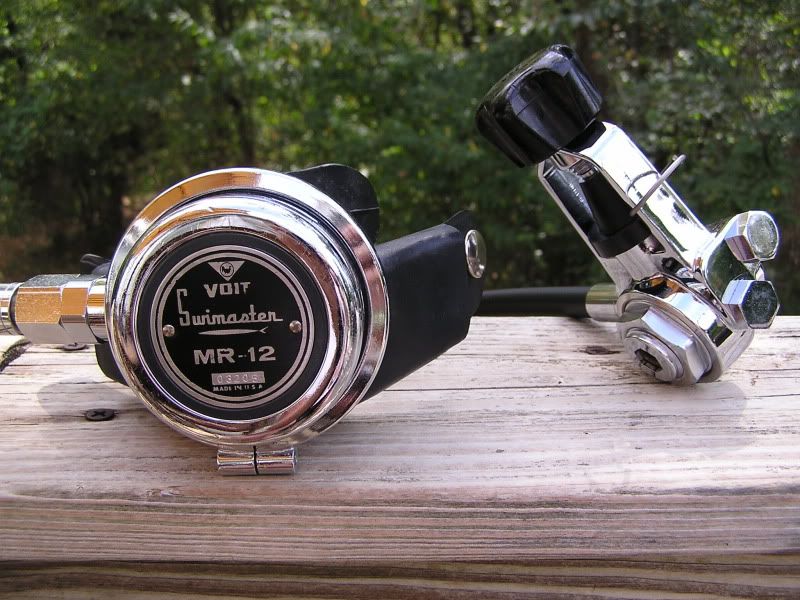
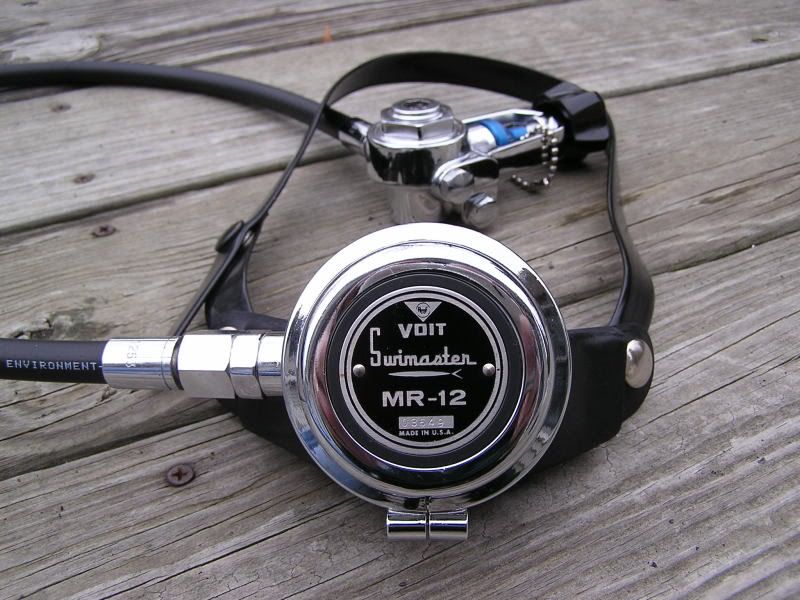
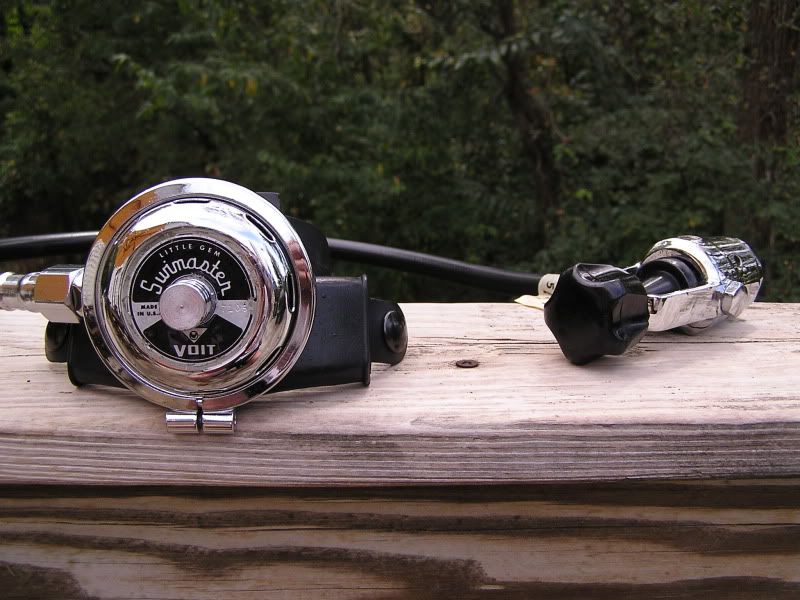
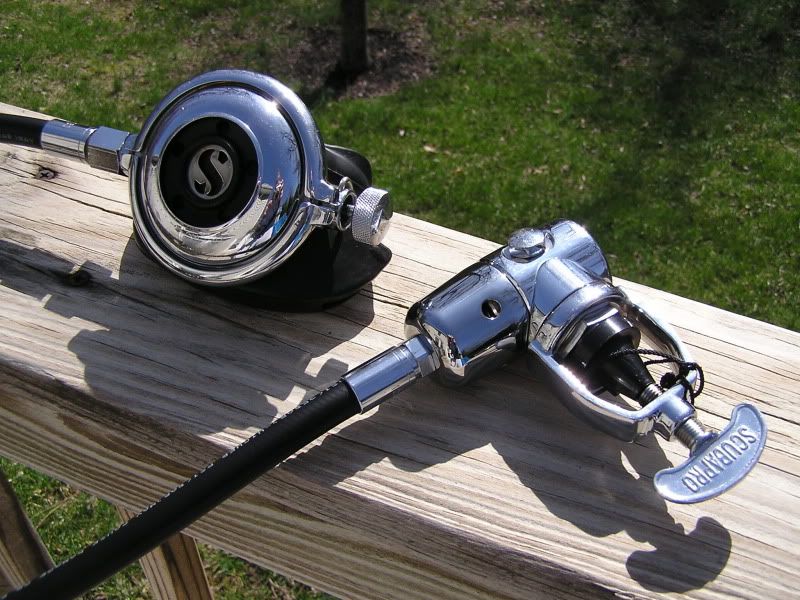
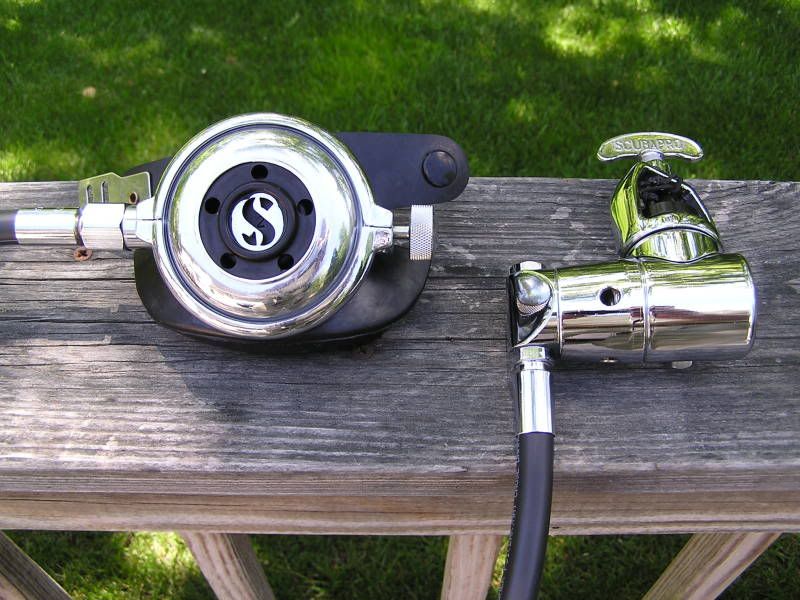

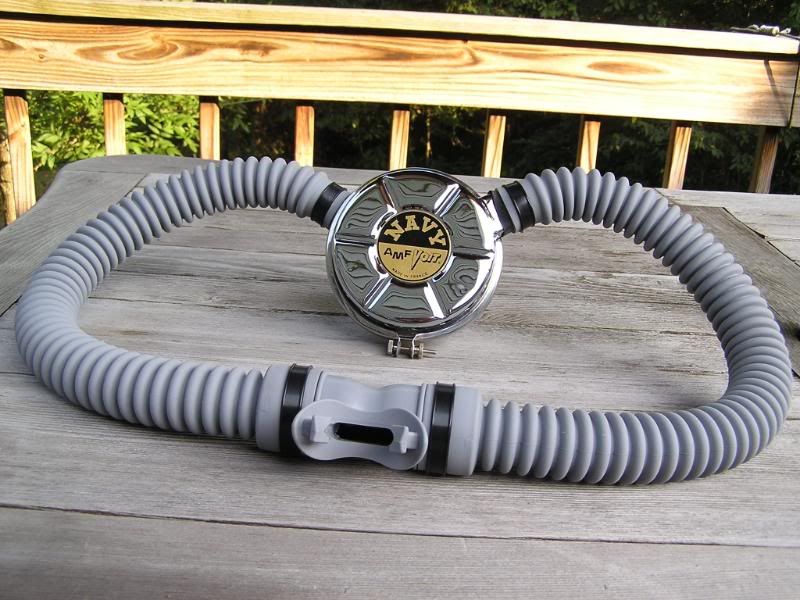

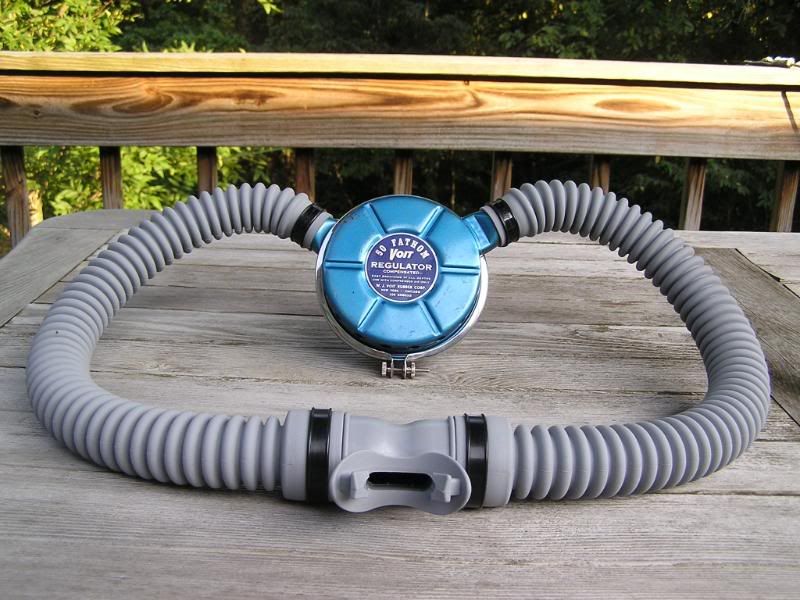

 , the sheep will pay.
, the sheep will pay.